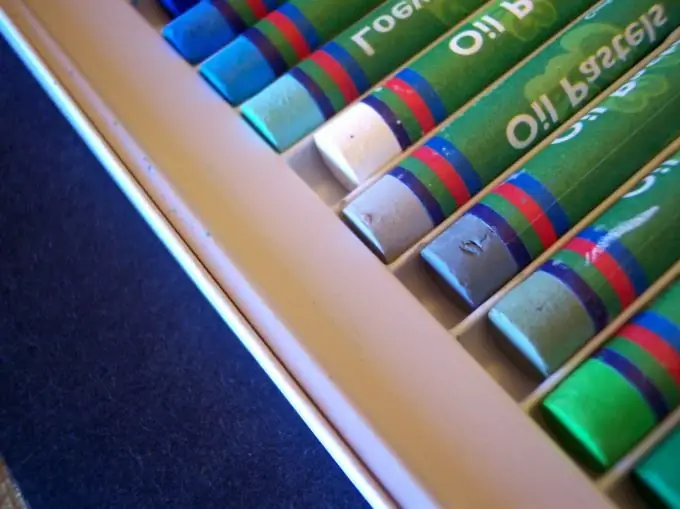This is a tool that is always at hand. Anyone can try to become an artist, because every home has all the tools for this: paper, an eraser and a simple pencil. We attach recommendations for use to this simple set.

It is necessary
Pencils, paper, eraser
Instructions
Step 1
It is clear that when inspiration has overtaken, fingers ask to "pen, pen to paper." But take your time. Learn to hold your pencil correctly. Don't take it like you would a writing pen. With this grip, the hand is too tense, the fingers hardly move. Take your pencil three centimeters from the base and relax your hand and fingers.
Step 2
Place a sheet of paper not vertically, but horizontally in front of you (on a tablet, easel or sketchbook), at eye level. Your hand touching the sheet should be only slightly bent at the elbow.
Step 3
Do some exercises to "feel" the material, to adjust to it. Divide the sheet into several squares and try to shade each of them. One is horizontal, the other is vertical, the third is in a semicircular stroke, etc. Make shading, gradually increasing the pressure on the pencil, and trace the gradation of tone.
Step 4
To begin drawing, sketch (determine the location of the object on the sheet) with a 2T or TM soft pencil. After that, build the objects. Each item consists of simple geometric shapes - a cube, pyramid, cone, cylinder, etc. Break your object mentally into similar parts, find the central axis of each and trace the symmetry of the sides.
Step 5
To remove extra lines, use an eraser and a nag. Choose the first color white, then it will not leave colored traces on the paper. Unlike the eraser, which removes the top layer of the paper, the nag only removes particles of graphite. It can lighten a drawing or make subtle highlights by sharpening its tip.
Step 6
After construction, construction lines can be erased, leaving only the contours. Do not outline them with a dark clear line, the outline of the object should not stand out and resemble a frame.
Step 7
Start working on conveying the volume of the object. Determine where the shadow, partial shade, light, glare, reflexes are on the subject. Using shading with a soft pencil with more pressure, mark the object's own shadows and its falling shadow. As you get closer to the subject, the falling shadow becomes darker. You can lightly shade the lightest parts with a hard pencil, as a rule, only a highlight remains without shading. The direction of the strokes should repeat the outlines, the shape of the object, and on top of the main shading, you can put several additional lines in the opposite direction or at an angle of 45 degrees, this will help the shape "not to crumble".
Step 8
Secure the finished drawing with a special fixative or regular hairspray. It will protect your artwork from damage.






